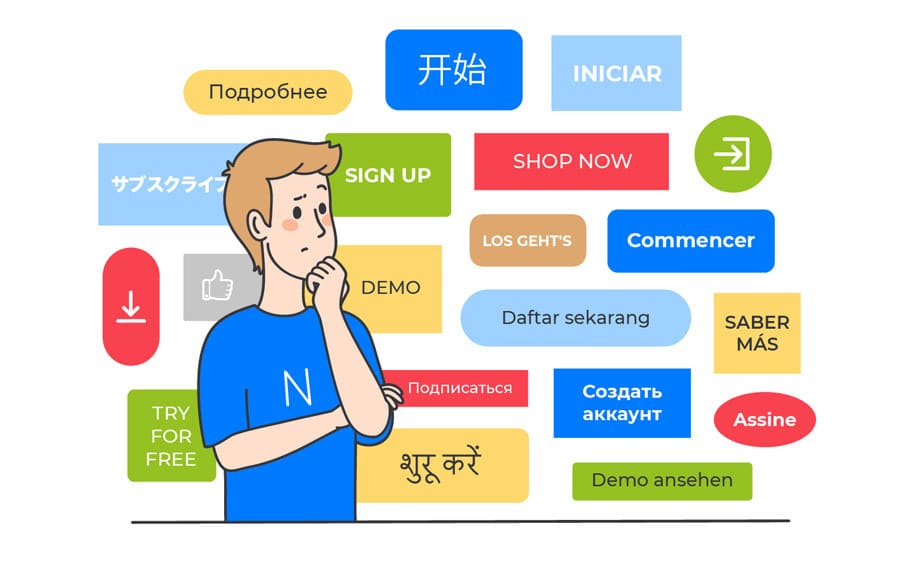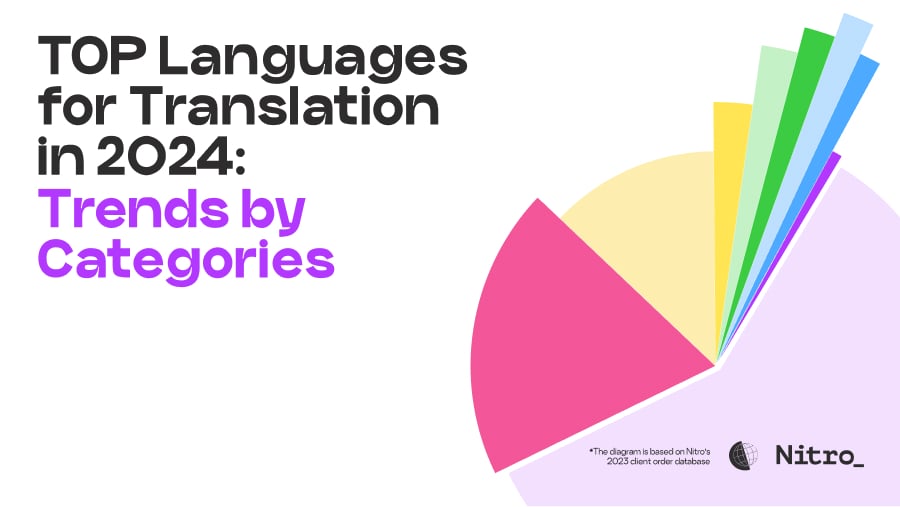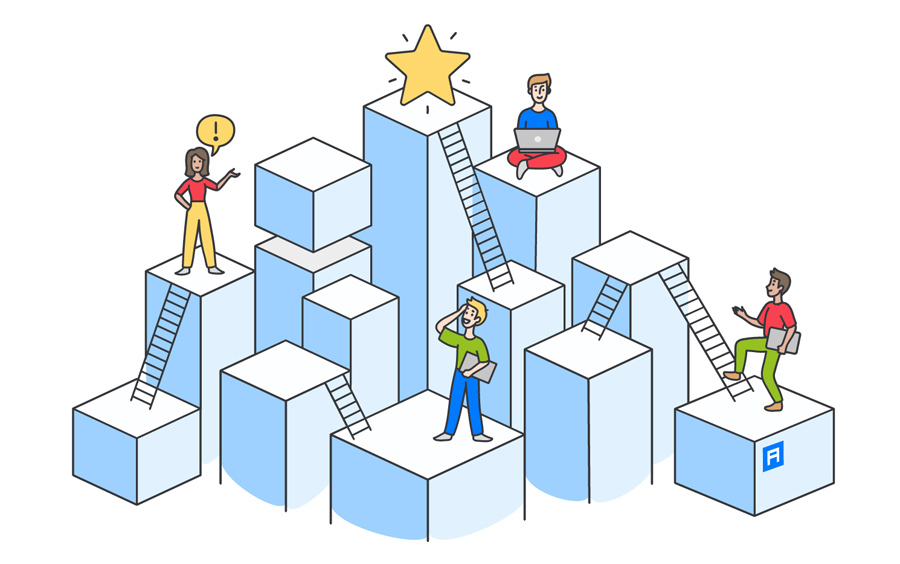In March of 2022, Alconost joined the ranks of language service providers whose quality management system is ISO 9001:2015 certified. In addition, the company received certificates of compliance with standards of quality for translation, proofreading and localization QA, and post-edited machine translation (PEMT).
We spoke with Stas Kharevich, localization team lead at Alconost, about what these certificates mean for the company and its customers.
Stas, tell us: is certification an important stage in the company's development?
It's a milestone, for sure. But I would say that in our case it's more of a formality. The fact is, when it comes to quality, here at Alconost we're very demanding of ourselves. And it so happened that the processes that we've long been cultivating and improving in the company turned out to meet ISO standards. It's been like that for a long time, as we've been explaining for many years to customers who were interested in our quality standards. Now we have the actual certificate, in addition to our explanations or instead of them.
Alconost has received three certifications. Can you tell us a little about what's special about each of them?
The first certificate is for compliance with ISO 9001:2015. It's a fairly general certificate and pertains to the quality management system used by the company. In our case, the certificate confirms compliance with standards not only for localization and translation projects, but also for custom video production (particularly for apps and games) and marketing services, such as multilingual SEO and PPC management.
The second certificate, ISO 17100:2015, is narrower and more industry-specific. It confirms compliance with requirements for provision of translation services, such as translation and localization of software, games, apps, and websites. This particular certificate is actually not the only one offered in the translation industry: there are several standards with different evaluation criteria. After all, different companies employ different processes; consequently, they need to be evaluated by different standards.
What kind of workflow does the ISO 17100 certification imply?
It presupposes a multi-stage process that is divided into phases, and this precisely corresponds to our own localization process. There is a preparatory phase — a kind of pre-production, when all the information on the project is systematized. This includes collection of all input data, the work of compiling a glossary, and setting up the project on a specialized translation platform. Then comes the translation phase: here we pay special attention to the context, ask the customer for any necessary clarification, and end by proofreading the translation. The third phase is in-country review: it involves getting feedback from users from the region for which the localization was intended, analyzing this feedback, and, if necessary, improving the current translation and developing rules or recommendations for the future.
This certification has requirements not only for the process, but also those executing it. They must be native speakers, have a linguistic education, and have specialized translation experience in a particular niche. As I mentioned, we've been selecting translators according to these criteria for many years — not to become certified, but simply because these really are essential criteria for finding professionals in the field.
Sounds logical. And what about the third certificate, ISO 18587-2017?
It pertains exclusively to requirements for post-editing machine translation. Although modern machine translation engines (called neural machine translation engines, or NMT) can be trained and customized to produce acceptable translations on certain topics, they still cannot replace professional linguists. But you can combine the two: machine translation using a customized engine and its subsequent editing by a professional translator. The ISO 18587 certificate is what confirms that we know how to employ this process correctly.
Stas, why did you wait until now to get certified? The company's already 18 years old.
In recent years we've been doing a lot of work with large companies, and working with them also involves a number of formalities, such as bureaucratic procedures like filling out tender documentation. Of course, nobody chooses a vendor solely on the basis of “do they have an ISO certificate,” but all other things being equal, not having a certificate can affect a customer's decision. In a nutshell, having certificates makes it easier to work with corporate customers.
Did you have to tweak anything in your processes in order to get certified?
No, not a thing.
Should customers expect any changes now that Alconost is ISO-compliant?
No. We've just been given documented proof that our processes are exactly what they should be.







